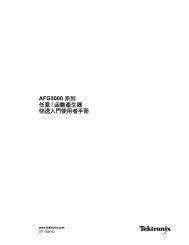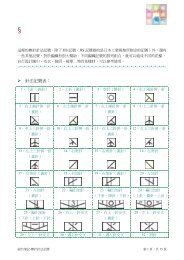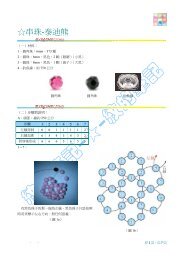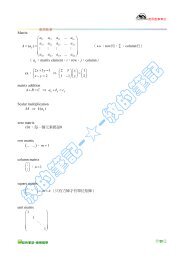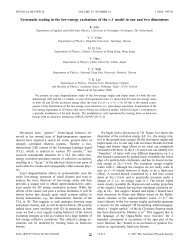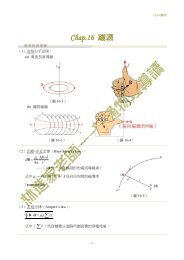Chapter 22 Materials Selection and Design Considerations
Chapter 22 Materials Selection and Design Considerations
Chapter 22 Materials Selection and Design Considerations
Create successful ePaper yourself
Turn your PDF publications into a flip-book with our unique Google optimized e-Paper software.
<strong>22</strong>.20 Tape Automated Bonding • W127<br />
Table <strong>22</strong>.7 Property Comparisons of Four Classes of Polymers Used for IC<br />
Package Encapsulation<br />
Epoxy Resins Silicones Polyurethanes Polysulphides<br />
Dielectric strength Good Good Good Good<br />
Elastic modulus High Low Wide range Low<br />
Tensile strength High Low Wide range —<br />
Precursor viscosity Low Low Low High<br />
Adhesion to package Excellent Poor Good Good<br />
(to ceramics)<br />
Moisture diffusion rate High High Low Very low<br />
Source: From C. R. M. Grovenor, Microelectronic <strong>Materials</strong>. Copyright © 1989 by Institute<br />
of Physics Publishing, Bristol, Engl<strong>and</strong>.<br />
has undesirable electrical consequences. A comparison of the important encapsulation<br />
characteristics of four different polymer types is given in Table <strong>22</strong>.7.<br />
<strong>22</strong>.20 TAPE AUTOMATED BONDING<br />
Another packaging design, tape automated bonding (or TAB), a variation of the<br />
leadframe discussed above, has found widespread use by virtue of its low cost. The<br />
tape-bonded package consists of a thin <strong>and</strong> flexible polyimide polymer backing film<br />
substrate; onto this substrate surface is patterned an array of copper “finger” highconductivity<br />
conduction paths similar in configuration to the contact leads for the<br />
conventional leadframe. A schematic diagram of a tape-bonded film leadframe is<br />
shown in Figure <strong>22</strong>.34.<br />
Mechanical support for the assembly is provided by the polyimide film, onto which<br />
the die is bonded using an adhesive. Polyimide strip widths are typically 35 mm (1.38 in.),<br />
<strong>and</strong> sprocket holes are incorporated along opposing edges to facilitate movement <strong>and</strong><br />
positioning of the TAB leadframes. Literally thous<strong>and</strong>s of these individual units, attached<br />
end to end, are spooled onto reels in preparation for automated processing.<br />
Figure <strong>22</strong>.34<br />
Schematic diagram<br />
of a complete tapebonded<br />
(TAB)<br />
leadframe. [From<br />
Electronic <strong>Materials</strong><br />
H<strong>and</strong>book, Vol. 1,<br />
Packaging, C. A.<br />
Dostal (Editor),<br />
ASM International,<br />
1989, p. 233.]<br />
Polymer (polyimide) film<br />
Sprocket<br />
drive hole<br />
IC<br />
Copper finger<br />
inner lead<br />
(bonded to IC)<br />
Outer<br />
lead<br />
Window in polymer film —<br />
to expedite outer<br />
lead bonding



